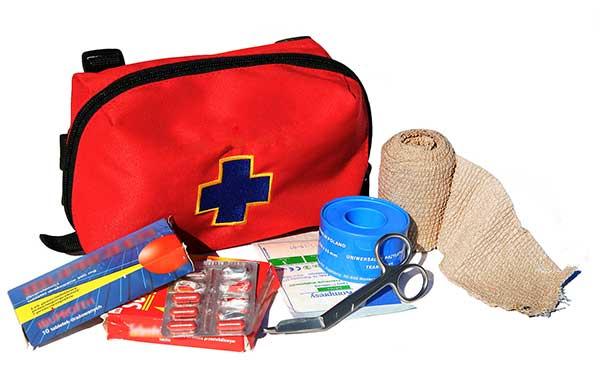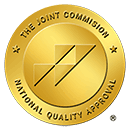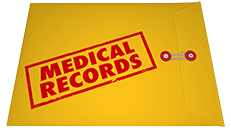10 Essential Items to Include in Your First Aid Kit

A well-stocked First Aid Kit will allow you to respond to a variety of injuries and emergency situations, and it could even save a life. However, someone who is unfamiliar with first aid treatment may not know what items to include in their first aid kit. While many manufacturers offer perfectly acceptable prepackaged outfits, it’s possible to save money, get more familiar with your equipment, and get better-quality goods by buying things separately.
First Aid Kit Essentials
Below are some of the essentials for any good first aid kit.
ACE Bandage
ACE bandages are an incredibly versatile tool, providing support and compression for twists, sprains, or other minor joint injuries. Also washable and reusable, these bandages maintain their elasticity for a surprisingly long time. For maximum ease of use, look for one with Velcro instead of the old metal fasteners.
Gauze
Gauze pads are excellent for dealing with wounds that are too large for band-aids, and can also be used to absorb blood or, in a pinch, even used as kindling for a fire. Gauze pads are essential to have in every first aid kit. It is recommended to have a variety of pad sizes in your first aid kit, but you can also pack a pair of scissors and just cut down larger gauze pads to fit the situation.
Medical Tape
Medical tapes are most often used to secure gauze pads and splints, but there are all sorts of unpredictable situations where having some available could be handy. While regular adhesive tape will do in a pinch, medical tape is designed not to leave behind any residue or adhere too closely to the skin, which is crucial if you need to prevent a wound from potentially reopening when you remove your bandages.
Tweezers
Whether you’re picking out gravel, glass shards, splinters, thorns, or insect stingers, a pair of tweezers is an invaluable tool in any first aid kit. Look for a pair that closes tightly and has a decent grip; the best option is a pair with a pointed or angled tip that lets you get a good look at what you’re doing.
Antiseptic Wash
A bottle of antiseptic wash is a must-have item in any first aid kit, allowing you to disinfect minor injuries and prevent diseases or bacteria from taking hold. It’s a good idea to pair antiseptic wash with a few alcohol swabs in case you need to treat hard-to-reach areas or clean tools.
Nitrile Gloves
A pair of medical-grade gloves will be vital if you ever need to administer first aid to another person, especially if they are a stranger. Not only do gloves ensure that you don’t accidentally introduce any dirt or bacteria into a wound, but they protect you against the possibility of coming in contact with blood-borne pathogens. While latex gloves offer just as much protection, there is a small possibility that the person you treat might have an allergy to latex or rubber, so nitrile gloves are the best choice.
SAM Splint
SAM splints are lightweight and flexible aluminum splints that can be rolled up to save space. They become rigid when folded so that they can provide support for broken bones or severe soft tissue injuries. Folded correctly, they can even serve in extreme emergency situations, such as neck or spinal injuries. You can cut SAM splints with scissors in case you need to make smaller splints for fingers or toes, and they are washable and reusable.
Pain Relievers
A bottle of pain relievers such as aspirin or ibuprofen can come in handy for all sorts of potential aches and pains, from headaches and nausea to sprains and minor wounds. These pain relievers also help to block the body’s production of prostaglandins, which are partially responsible for injury-related swelling, inflammation, and fever.
Instant Cold Pack
Applying cold to an injury right away helps to prevent swelling. That is especially important with sprained wrists and ankles or other joint injuries that could potentially limit your mobility. Instant ice packs are a single-use tool that creates a cold compress when activated. Because they reach an optimal temperature through a chemical reaction, they require no refrigeration and can fit into any first aid kit.
Band-Aids
They may not seem as important as many of the other items on this list, but a box of band-aids deserves a place in any first aid kit worth its salt. Look for a box with a variety of different sizes, which will provide you protection for everything from cuts and scrapes to small burns. Many band-aid brands offer antibiotic-coated versions that can help clean out wounds and prevent infection, which can come in handy as a back-up in case you lose or use up your antiseptic wash.
A good first aid kit, and the knowledge to properly use it, can bring you peace of mind and provide you with confidence during a medical emergency. Stocking your kit with the supplies above allows you to ensure the quality of each item, and it also helps you become more familiar with how each component works.




